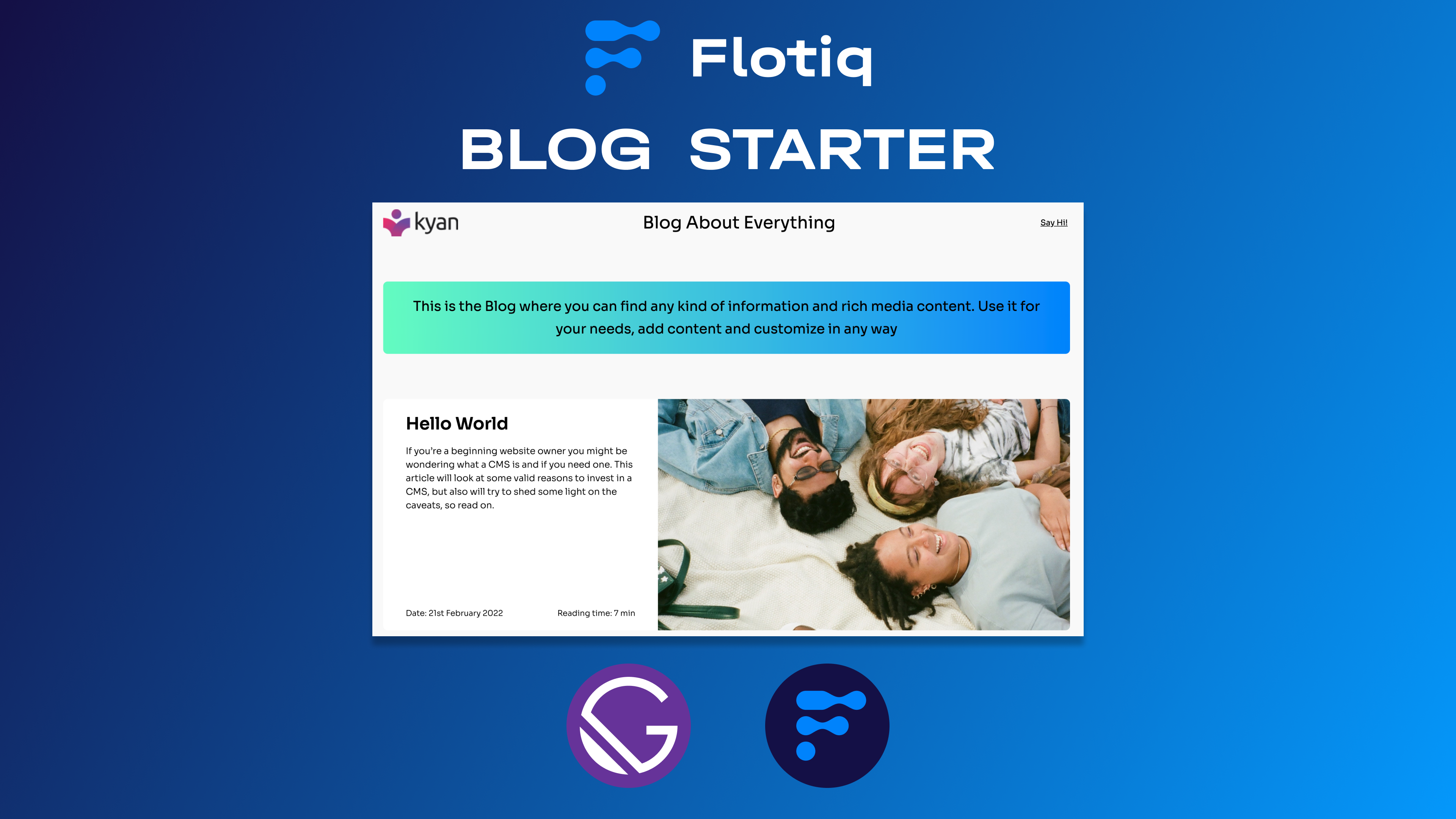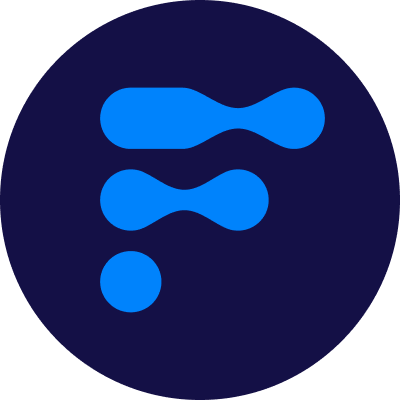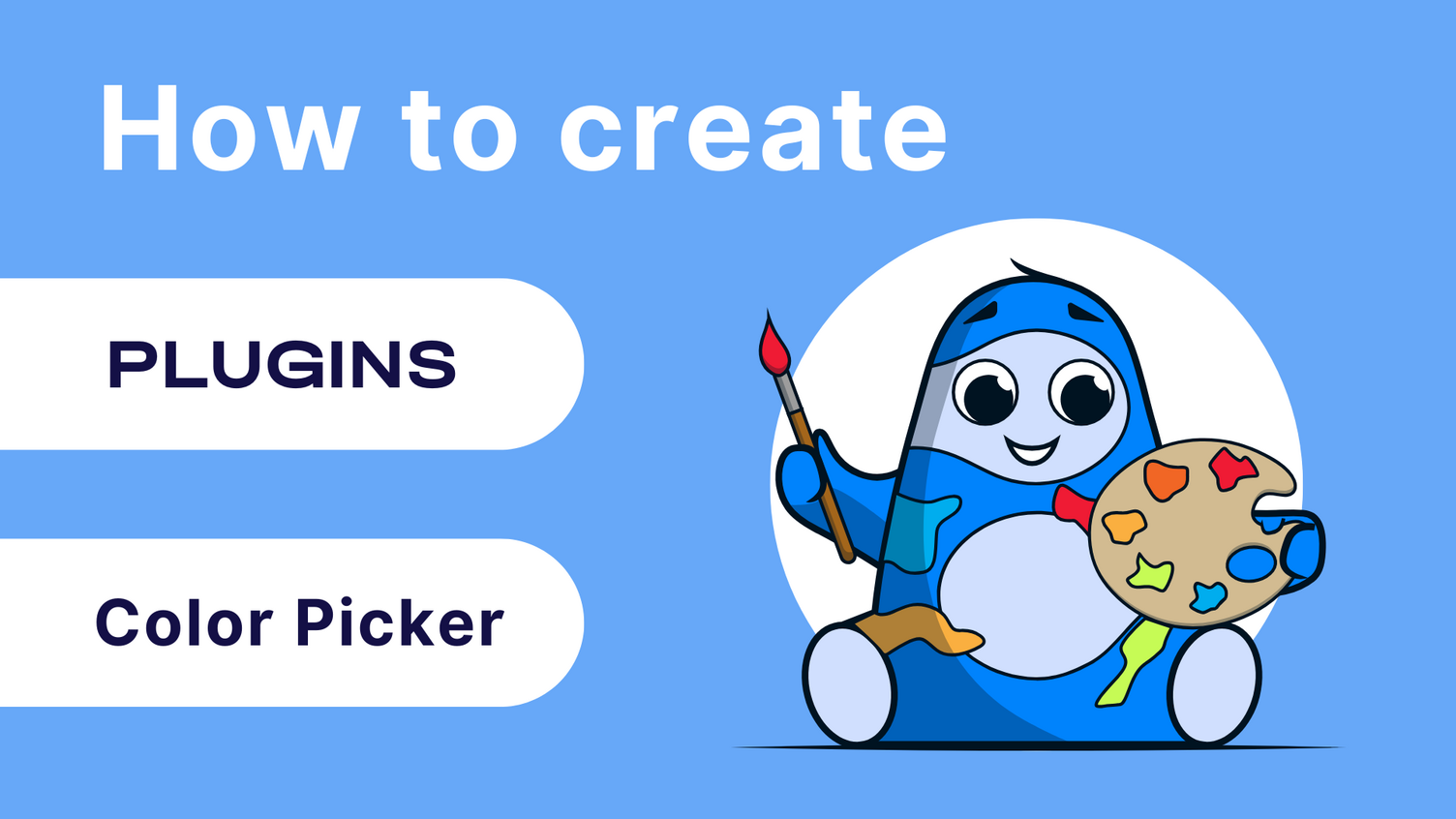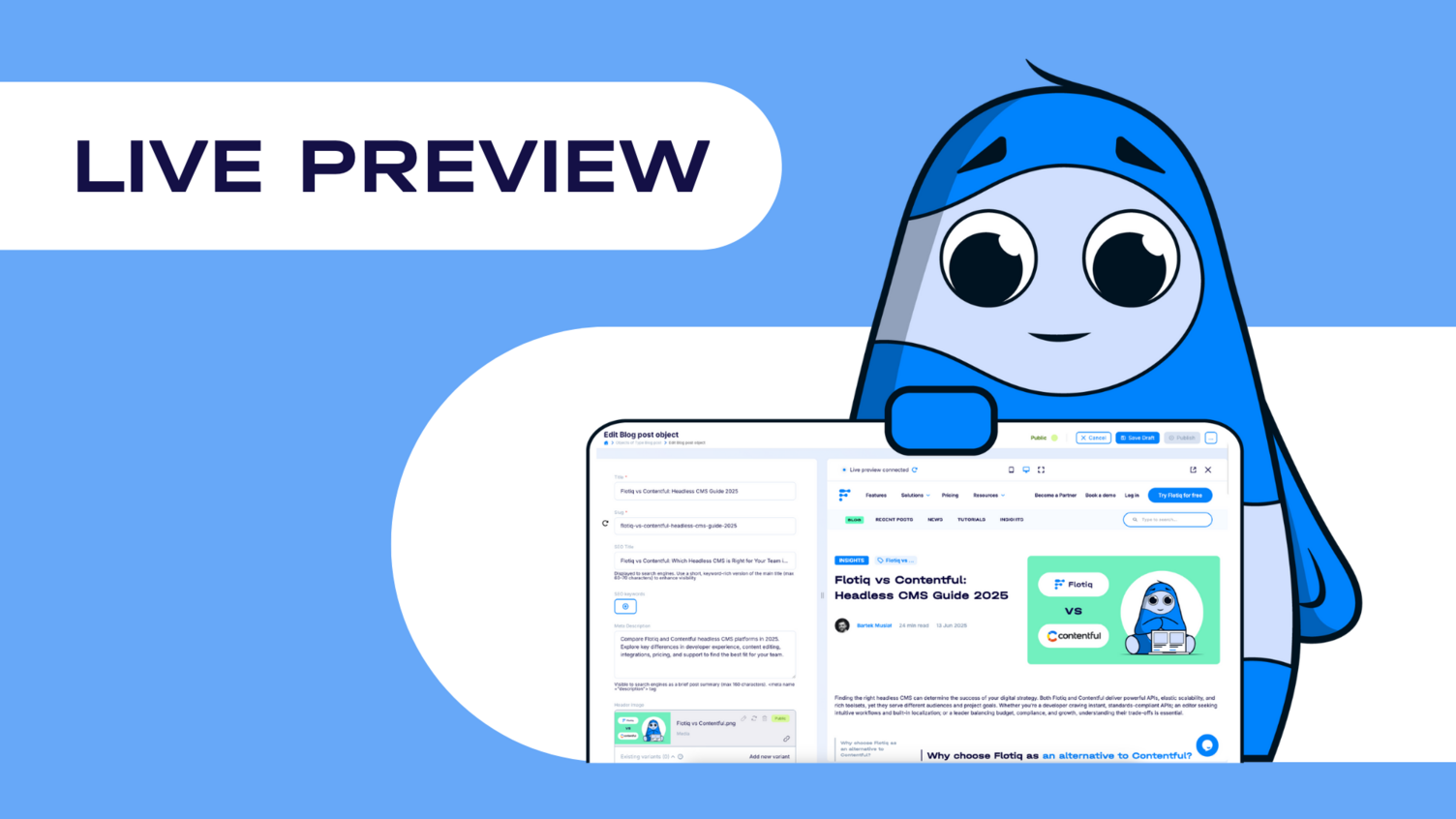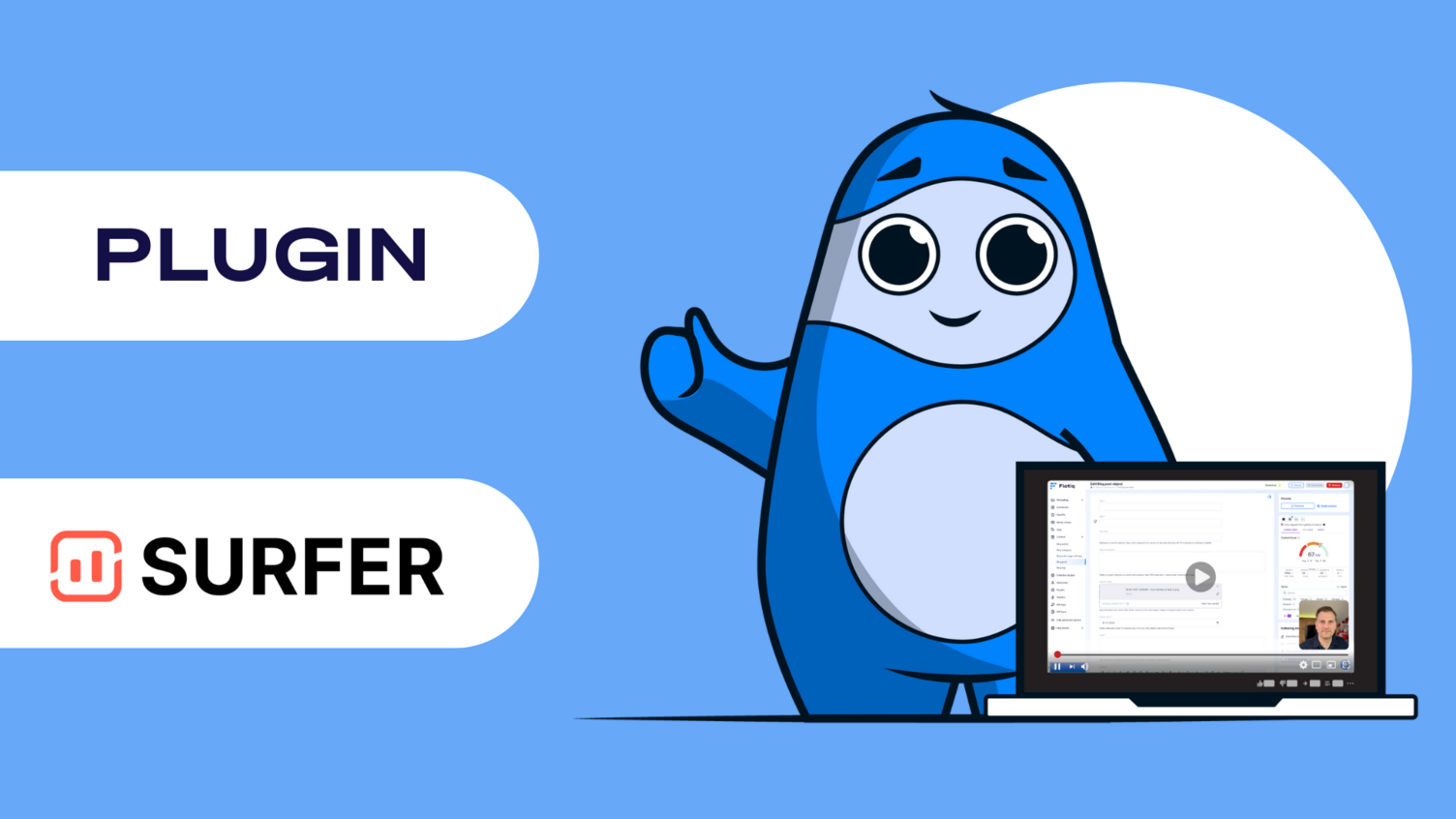Gatsby blog starter for creating a modern blog with Flotiq headless CMS
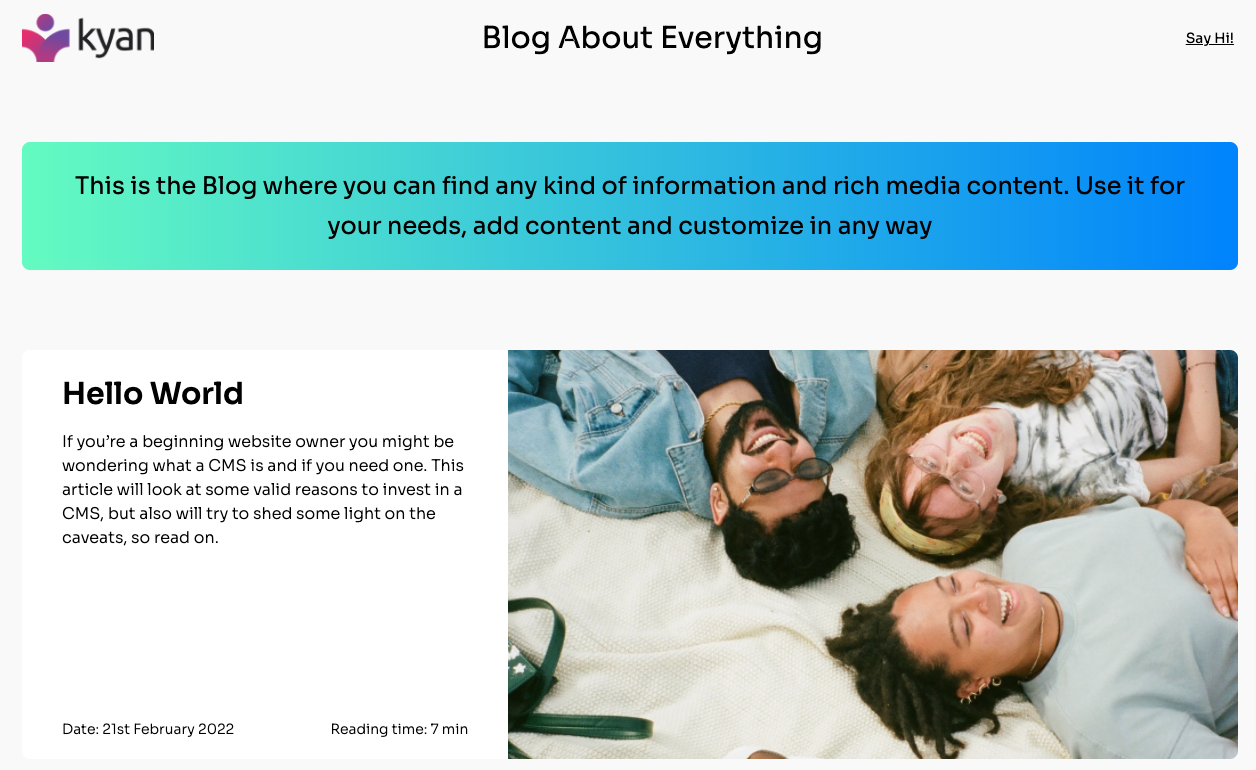
Blog starter designed and managed by Flotiq
Blog starter designed and managed by Flotiq
Gradient blog is a modern headless CMS blog starter for businesses, freelancers or for personal uses. It was created to display the content in a clear and creative manner. It will fascinate your audience and provide them with a unique time.
Whether it is Design, Product, Corporate, Engineering, or anything else you can imagine, it will show in a purposeful layout.
Features
- Responsive design using UI kit
- Responsive navigation
- Rich media
- Contact Form created with Flotiq Forms
- Easy to deploy
- Maximised page speed score
- SEO friendly
- Web fonts - built using fonts from Google Fonts

Lighthouse report
Lighthouse report
This project use:
- Flotiq - Headless CMS for string your data (create account for free)
- Tailwind - utility-first CSS framework
- Flotiq source plugin - connector for fetching data from Flotiq
